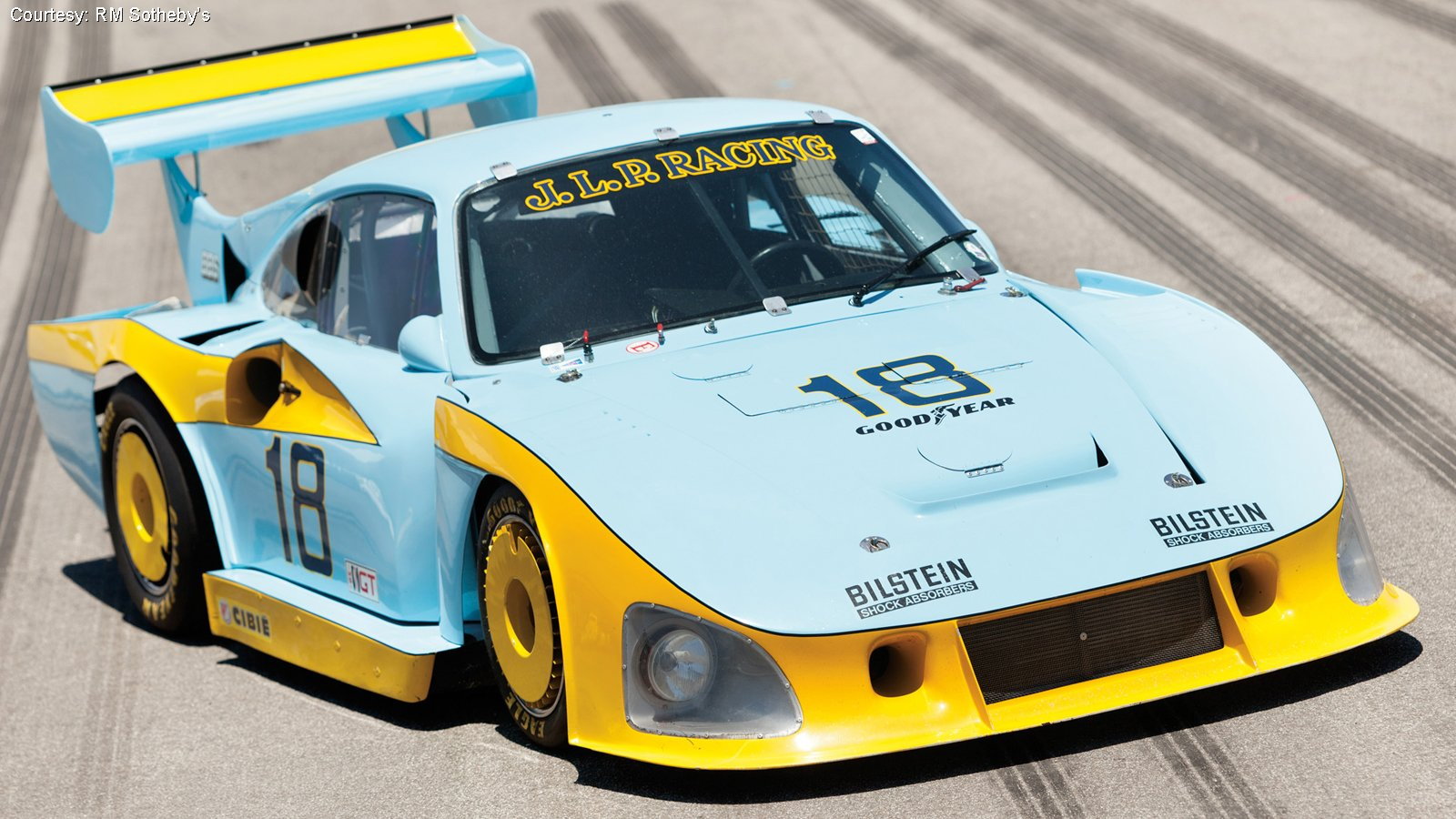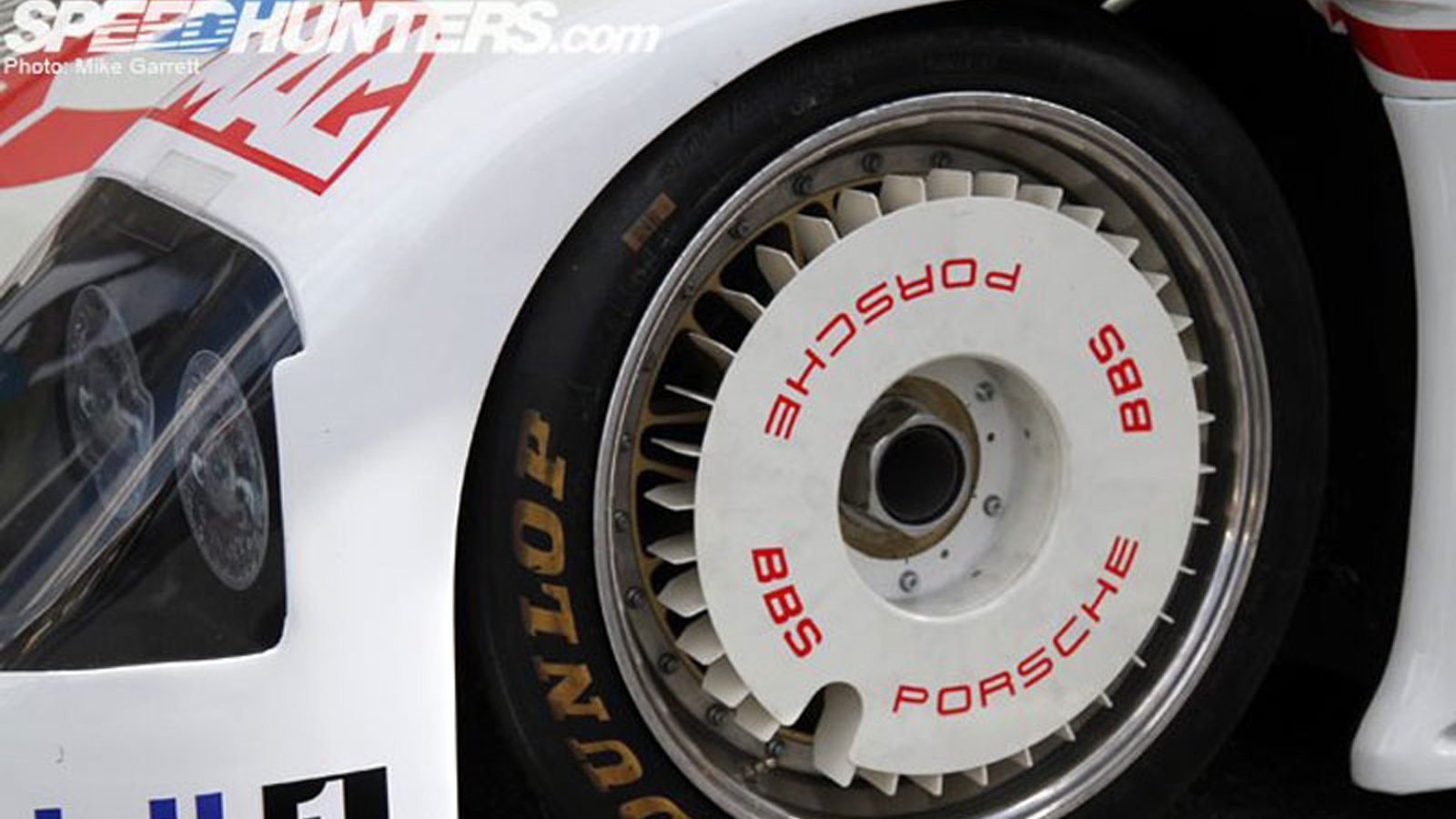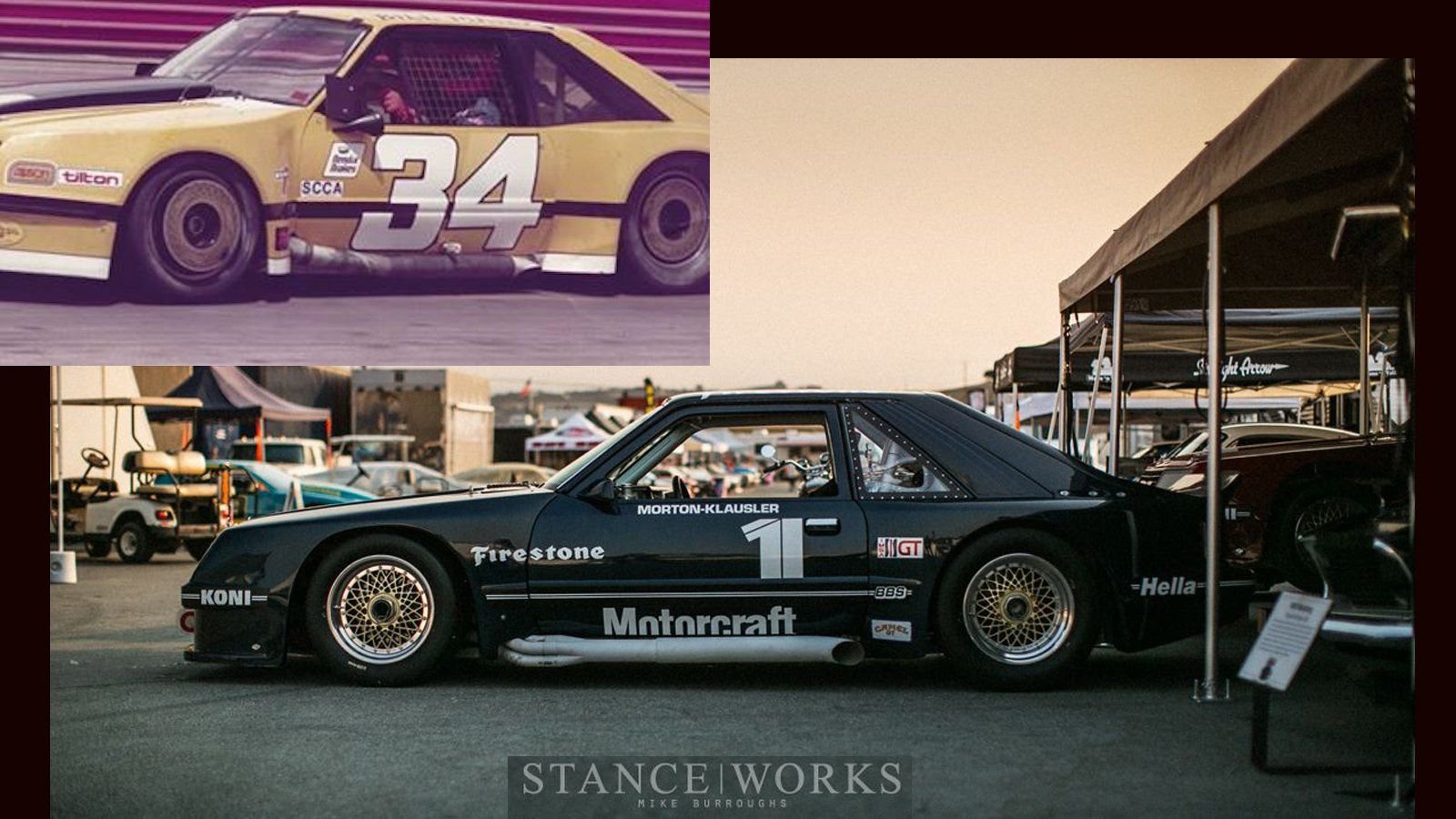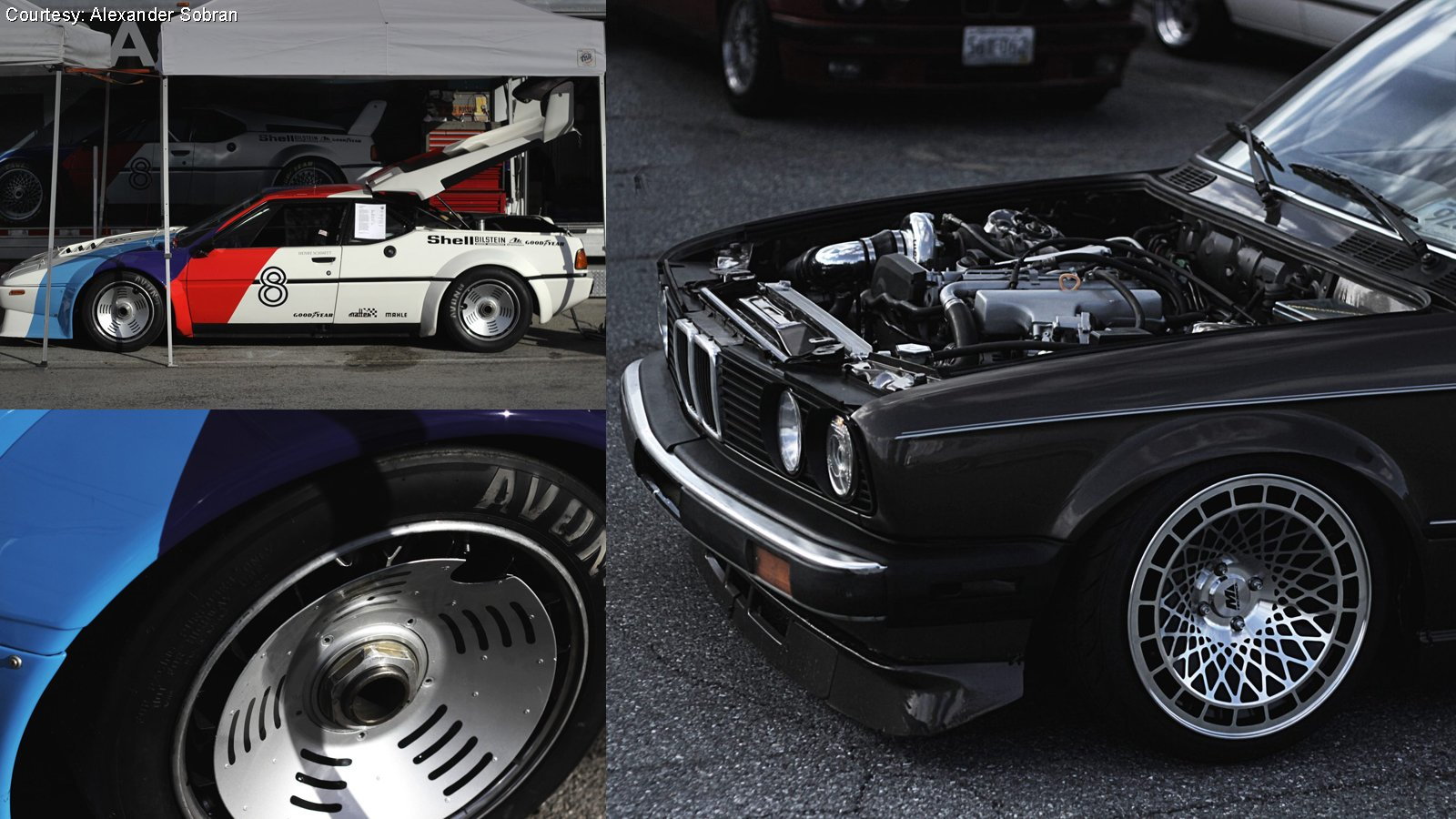Turbofan Wheels: The Ultimate Accessory
Slideshow: Enthusiasts wanting to stand out from the crowd, and channel a little vintage IMSA GT style while doing it should look no further than turbofan wheels.














Checklist
Love mid-‘70s to mid-‘80s era racing? Love early CAD/CAM angular automotive style? Vintage wheels too soft, modern mags too hard? Turbofan wheels might be jussst riiight for your sensitive aesthetic sensibilities. Say what you will about malaise-era road cars, the racers of those years were some of the most exciting of any era, and bladed, brake-cooling wheel covers were part and parcel of the experience. Aerodynamics, like virtually every area in motorsport at the time, was advancing in jumps as much as through incremental refinement. Turbofan wheels were one unique leap.
Early Years
Though probably most commonly seen on Porsche 935s—small wonder with the prevalence and dominance of the model—the idea first surfaced as part of Ford’s GT40 racing program. Hauling the relatively heavy V8-powered sports cars down from high speed took a serious toll on their brakes. Ford reportedly tested a number of solutions including casting fan blades into the wheels. Stories tell of torture bench-testing involving preheating the rotors with a torch, then using the brakes to stop weights attached to long spools of wire dropped off rooftops. As period photos show, Ford’s tests didn’t prove successful enough to carry the designs over into competition.
>>Join the conversation about Turbofans right here in the 6SpeedOnline Forum!
Parts Bin
Another early near-adoptee of turbofan technology was the ever-adventurous Shadow Can-Am team. Though lighter than GT40s, Can-Am cars had improved rubber in unlimited widths to provide grip, and with unprecedented tops speeds being achieved, brakes were working overtime to slow the big-block behemoths. Shadow reportedly affixed Chevy Corvair engine cooling fans to the wheels to pull in cool air for front brakes.
>>Join the conversation about Turbofans right here in the 6SpeedOnline Forum!
BBS
Enter BBS. Emerging shortly after the Shadow experiments, BBS’s turbofan designs went through a number of evolutions. Made from featherweight material such as magnesium and kevlar, the fans used bladed ducts to pull air into the covers and direct it through the wheels beneath and onto the brakes. Often painted to complement the car’s color scheme, the fans started out with a more dished shape and evolved to a more flush design over time.
>>Join the conversation about Turbofans right here in the 6SpeedOnline Forum!
Track and Road
Turbofans evolved along with the Porsche race cars that utilized them. Starting with the twin-turbo (bringing the turbofan count to seven, including the engine fan?) Porsche 917-30, and progressing through dominant 935, 936, and 962 models, BBS turbofan-equipped wheels were the rule rather than the exception for a while. Particularly appealing versions featured raised and/or painted likenesses of the spiderweb spokes cast into the wheels beneath. The wheel manufacturer even offered turbofan covers for use on their RS-model road wheels.
>>Join the conversation about Turbofans right here in the 6SpeedOnline Forum!
Band Wagon
Not to be left behind, BMW developed a version of the turbofan for their M-1 competition car, outfitting the street version of the car with a facsimile of the wheels. Later, for early versions of E34 M5s, BMW produced turbofan wheels for the street. Resembling BBSs more than the M-1 wheels, the M5 wheels received mixed reviews on the style.
>>Join the conversation about Turbofans right here in the 6SpeedOnline Forum!
Get Yours Now
No one can argue that aero isn’t all the rage, and though not everyone likes a huge wing hanging out back, something about flush-look turbofans seems to be a perfect fit with side skirts and other ground-hugging devices. Prime Mustang candidates have to be—no surprise here given the era of their design—Fox Bodies. From the slats of Capris to the flat blunt nose or louvered taillights of assorted Mustangs GTs, the squared-off look begs for a set of turbofans. We’d say the time is right for the IMSA look, but was there ever really a wrong time for it?
